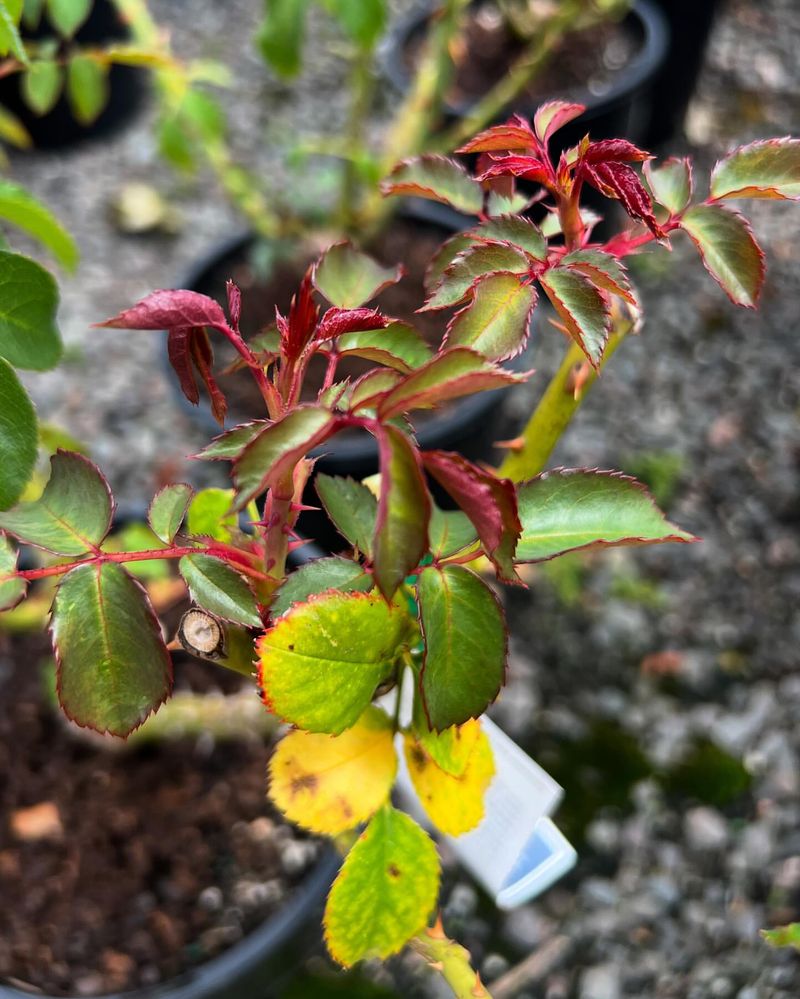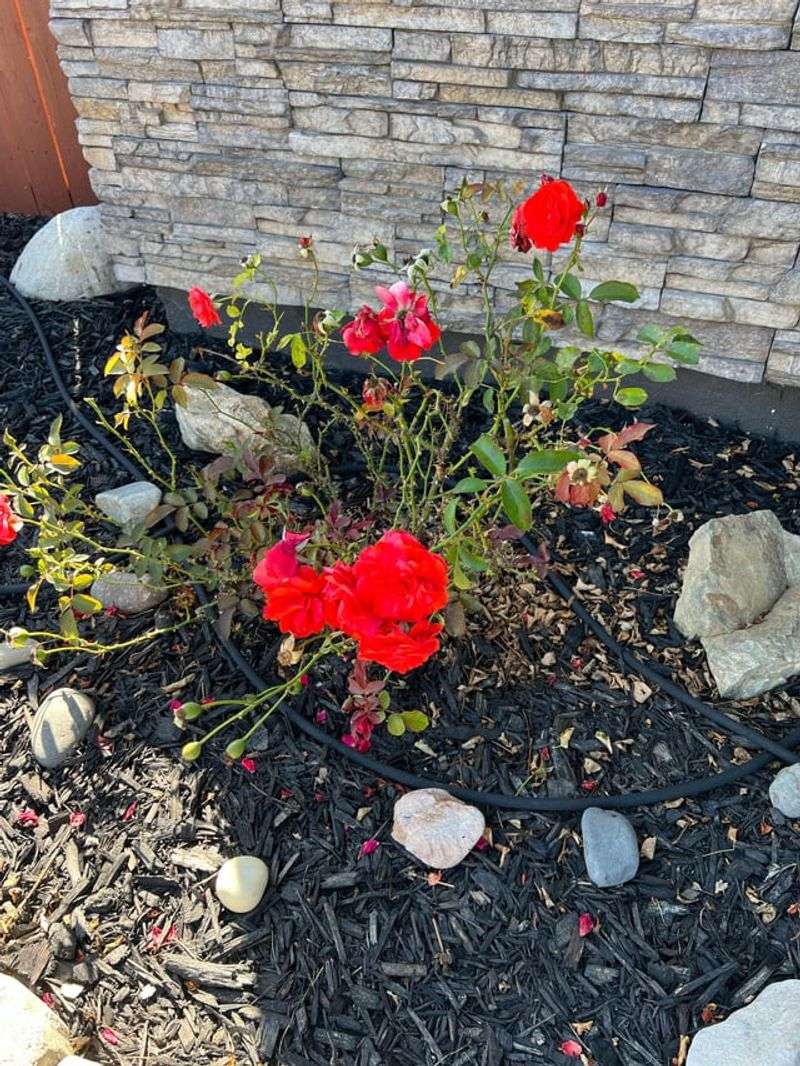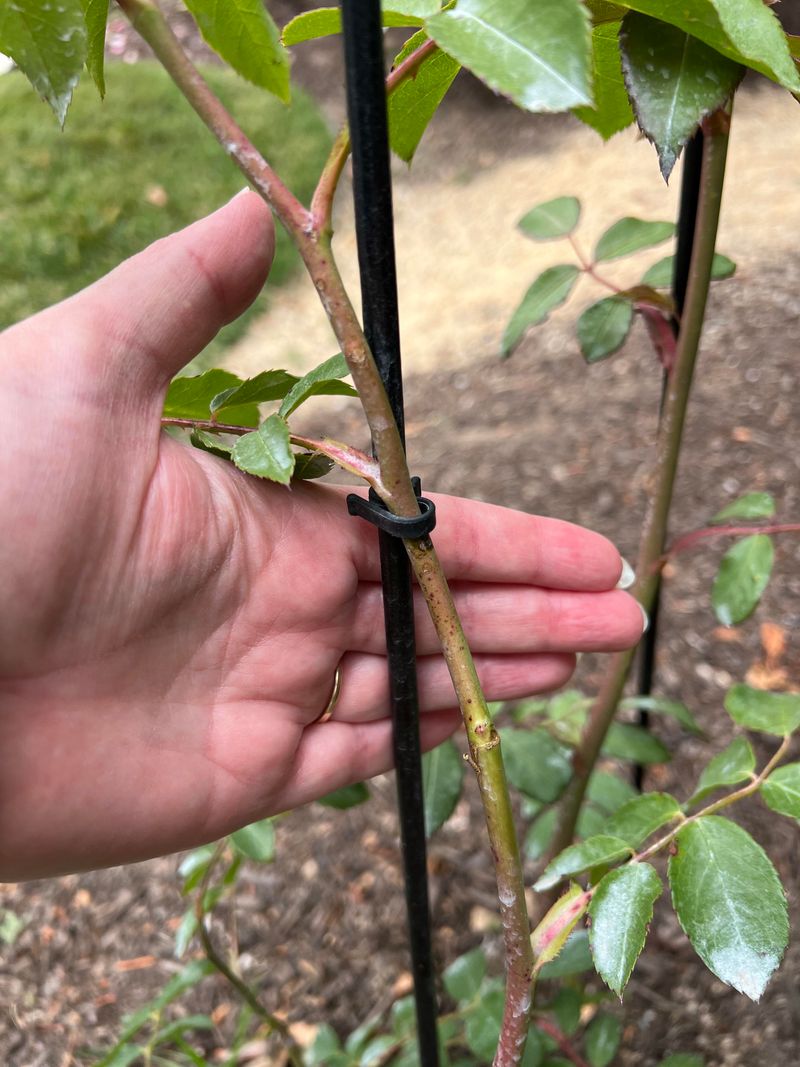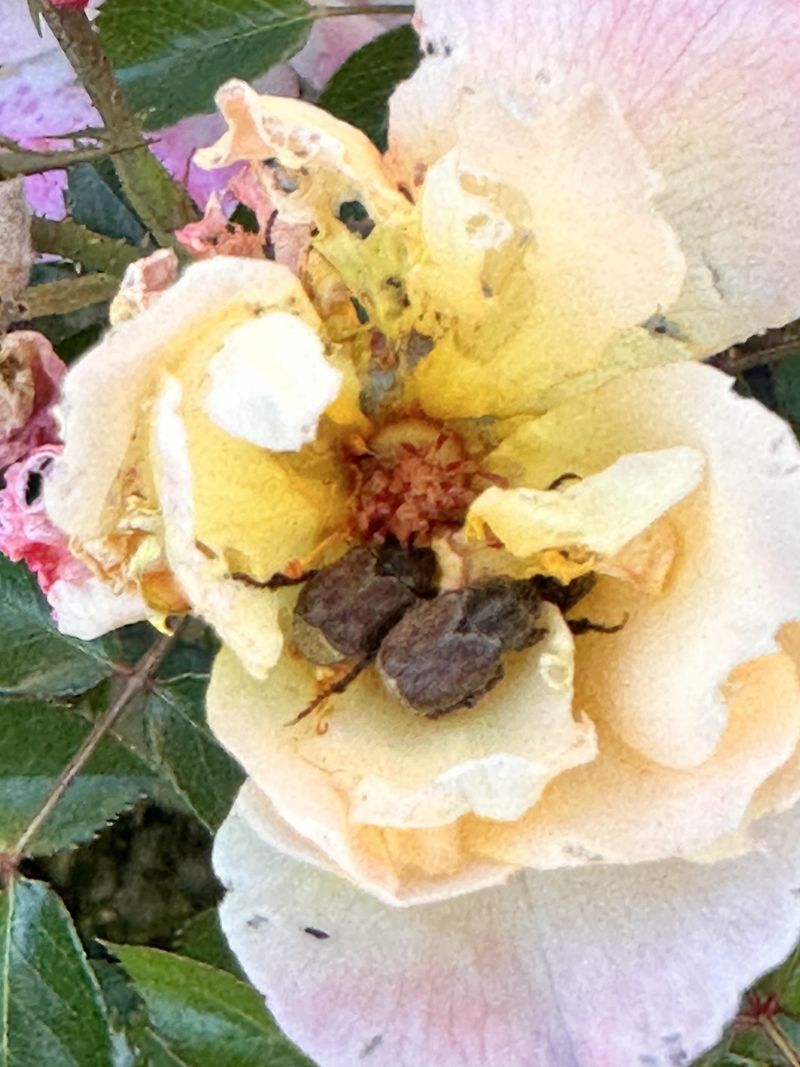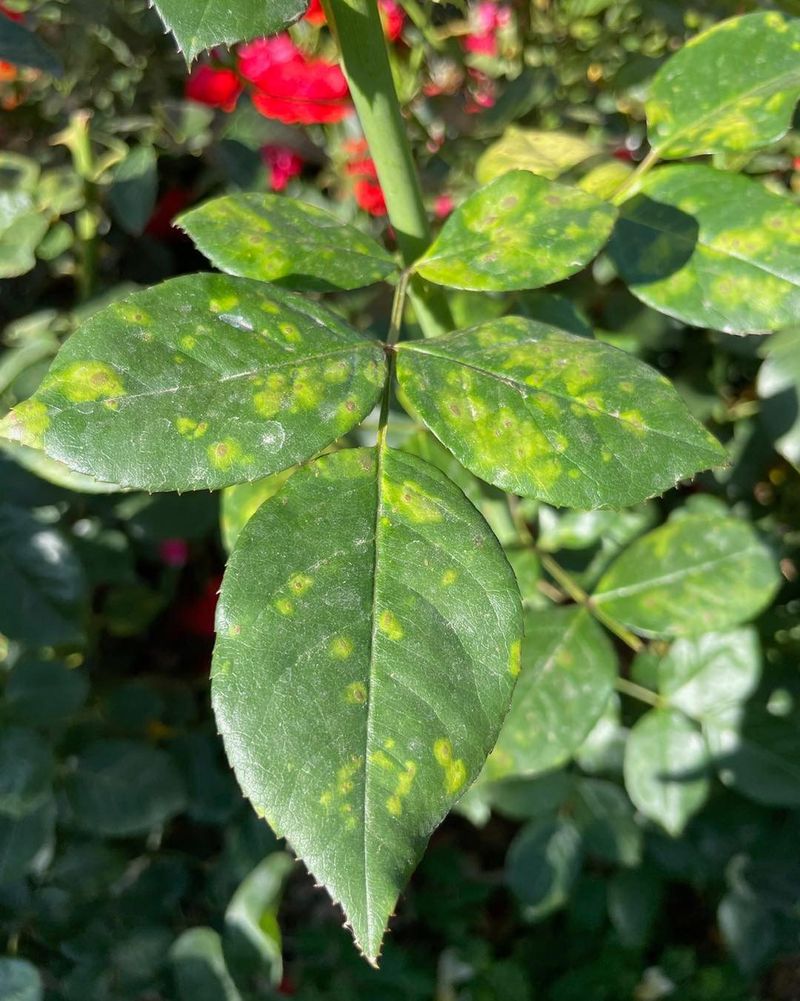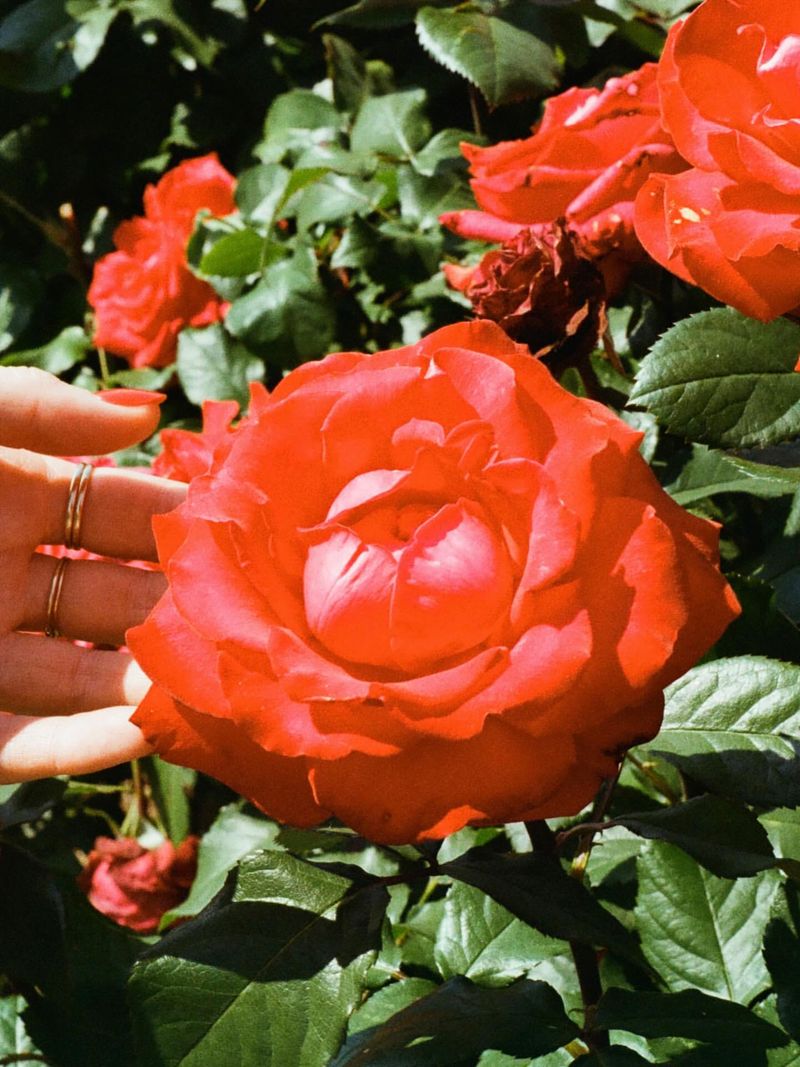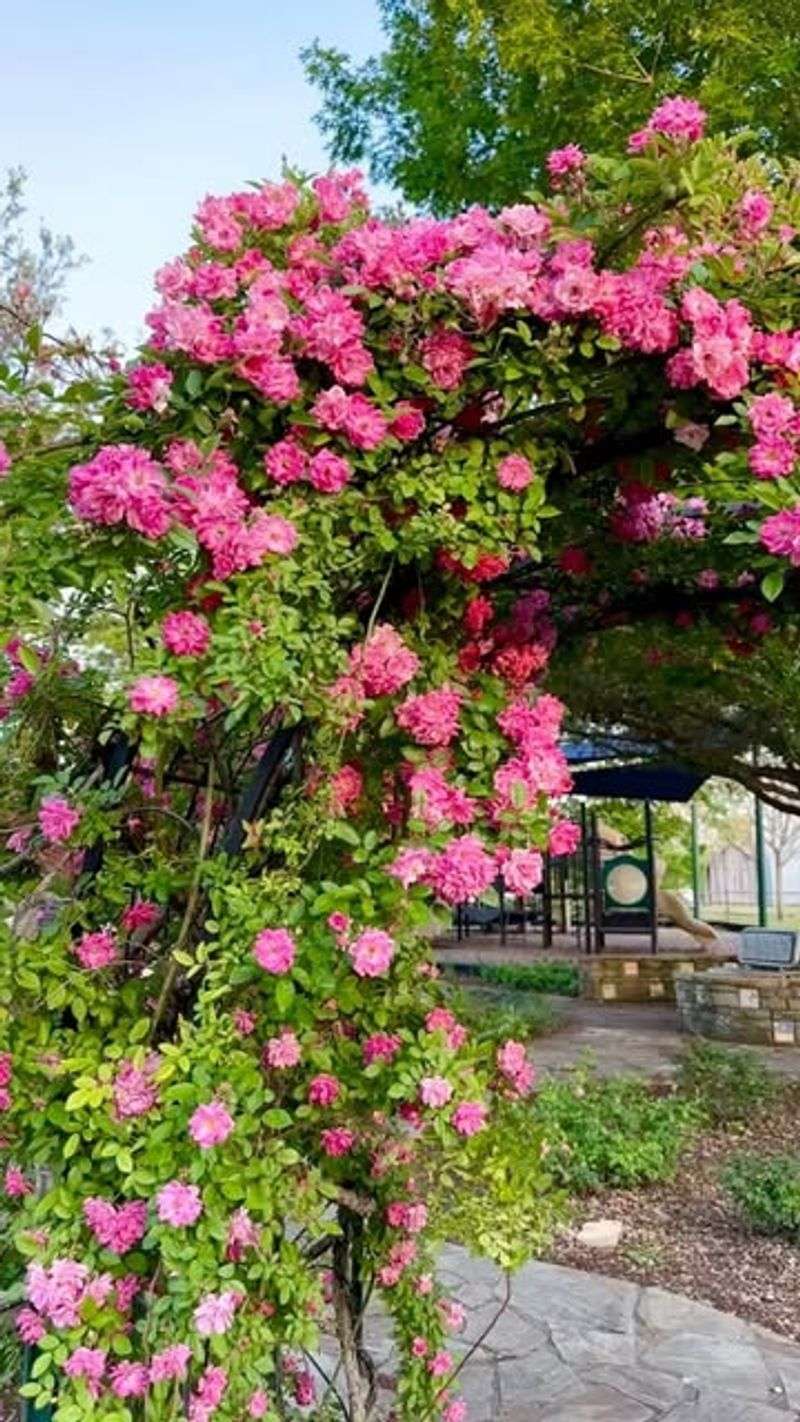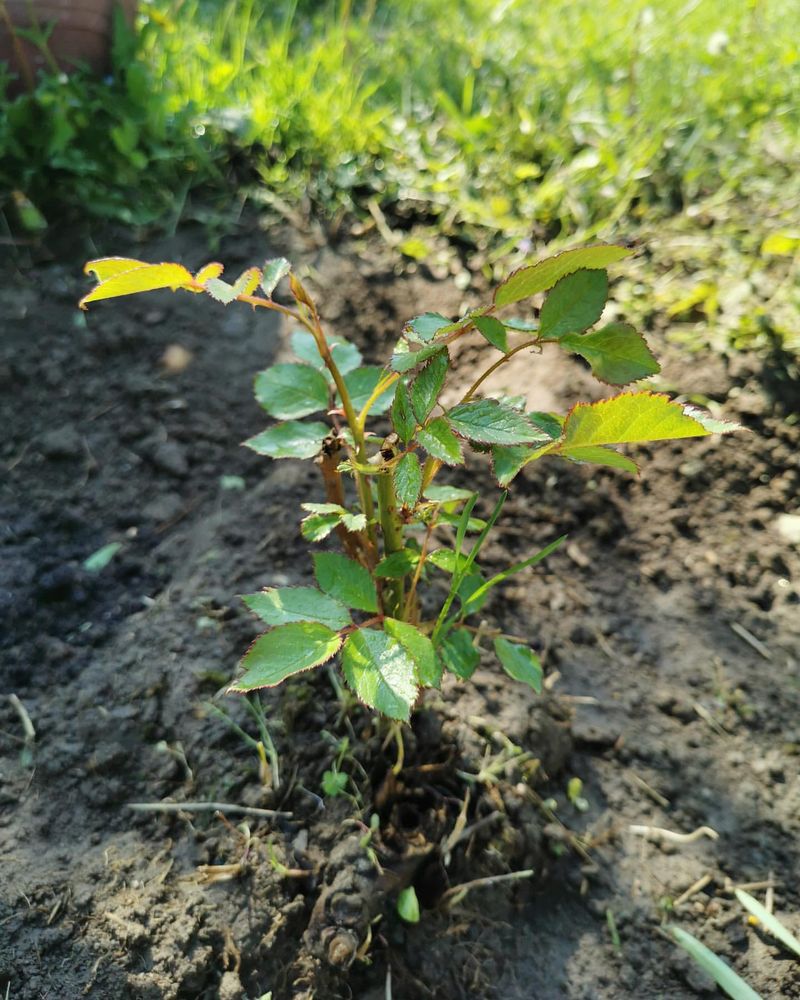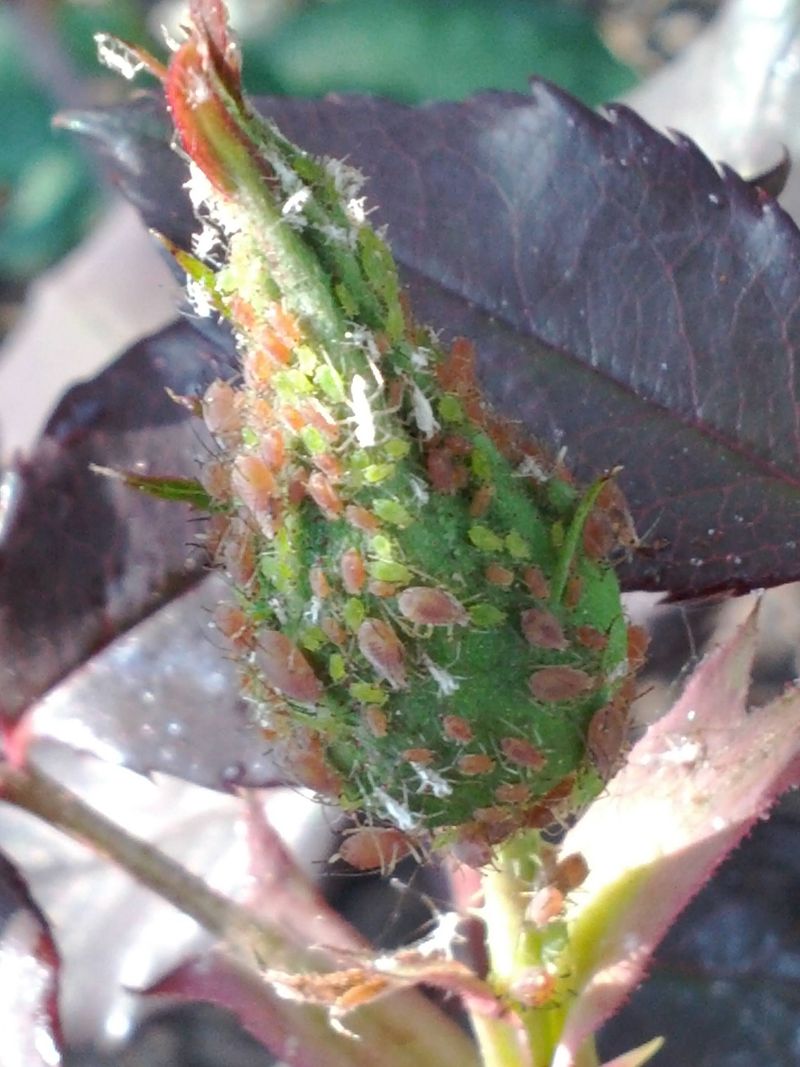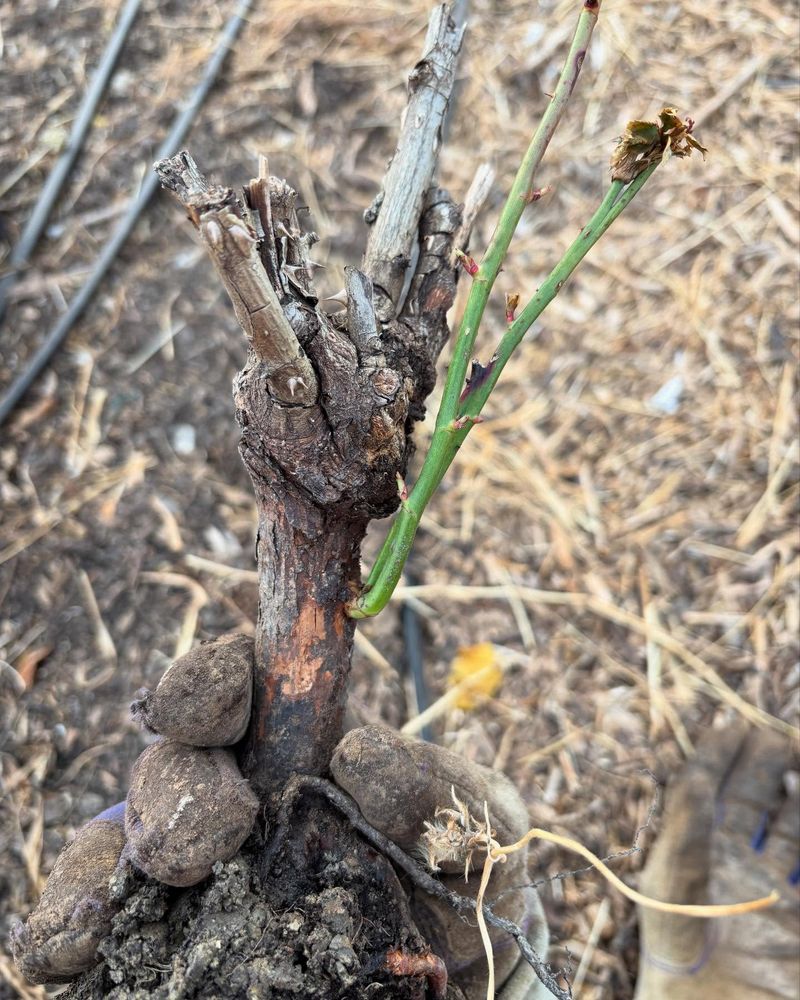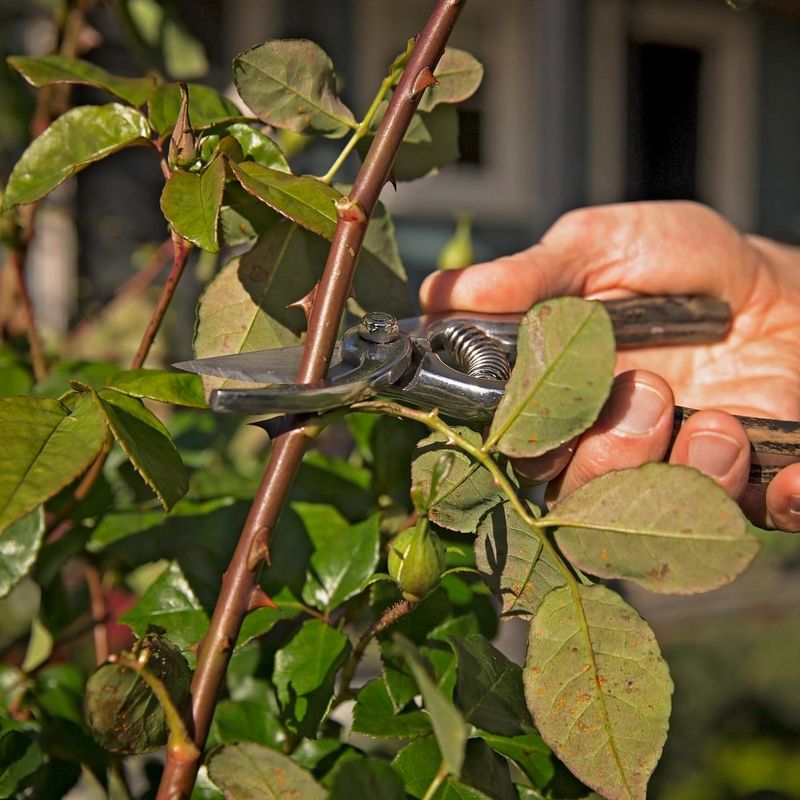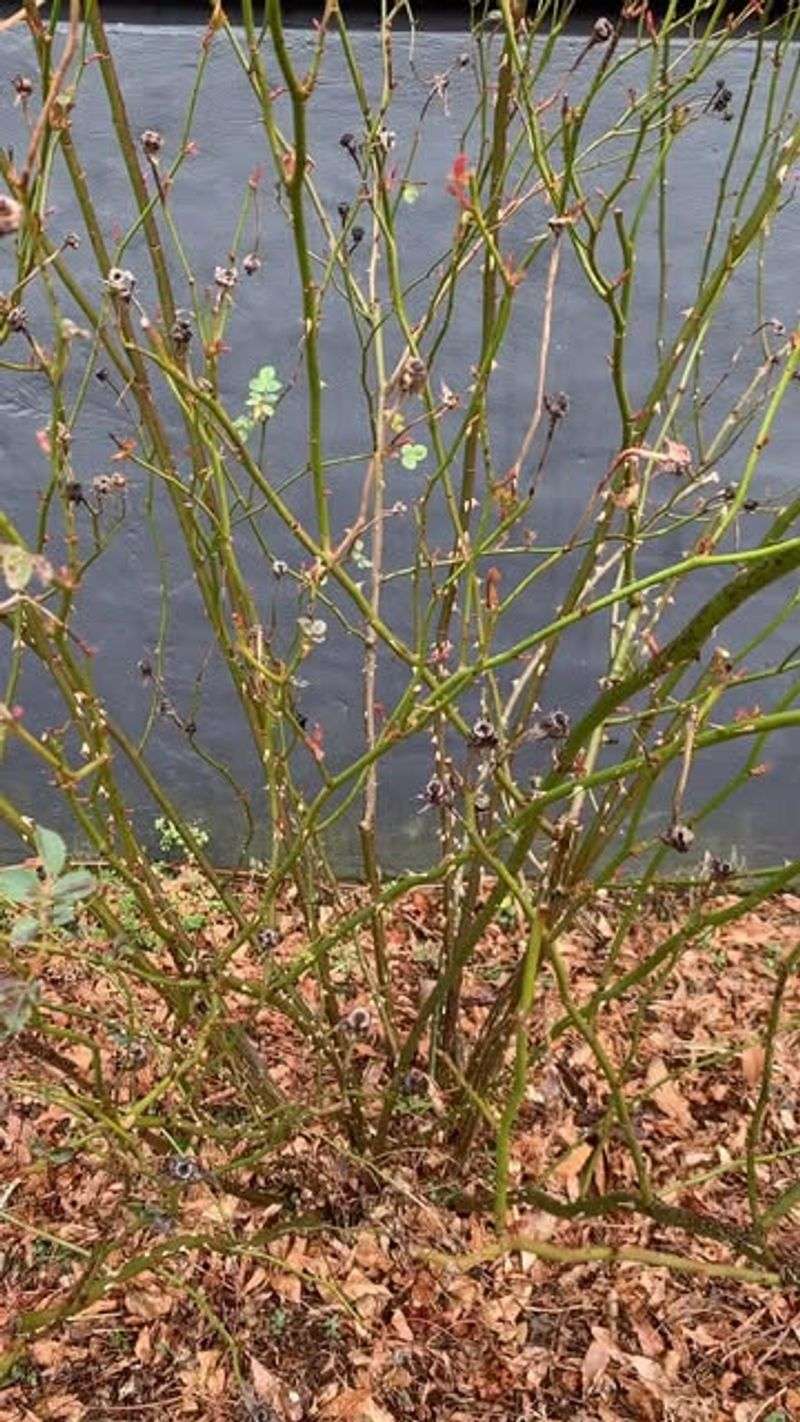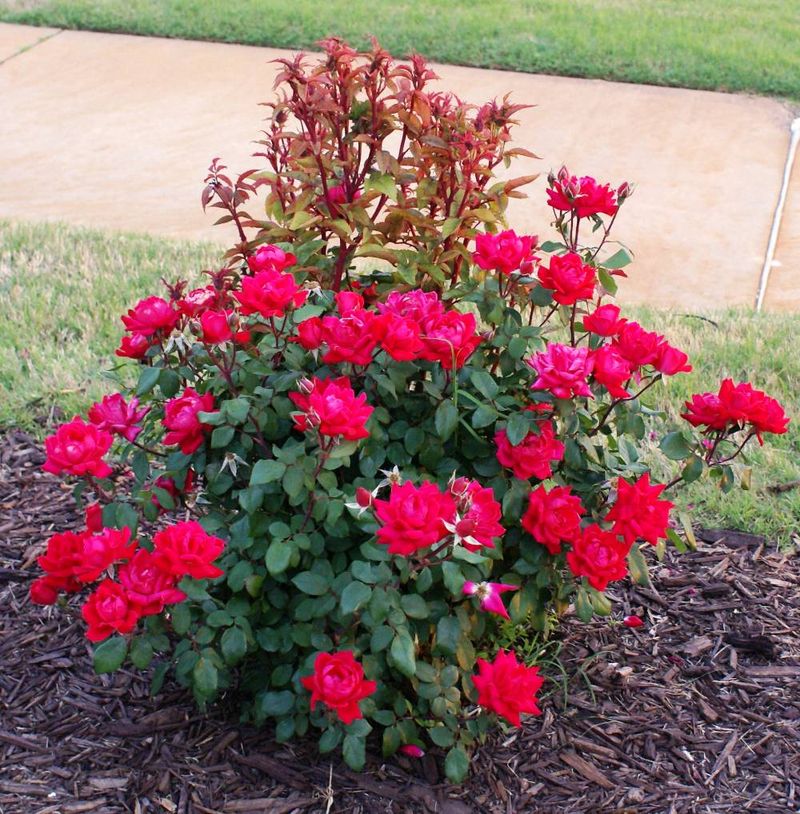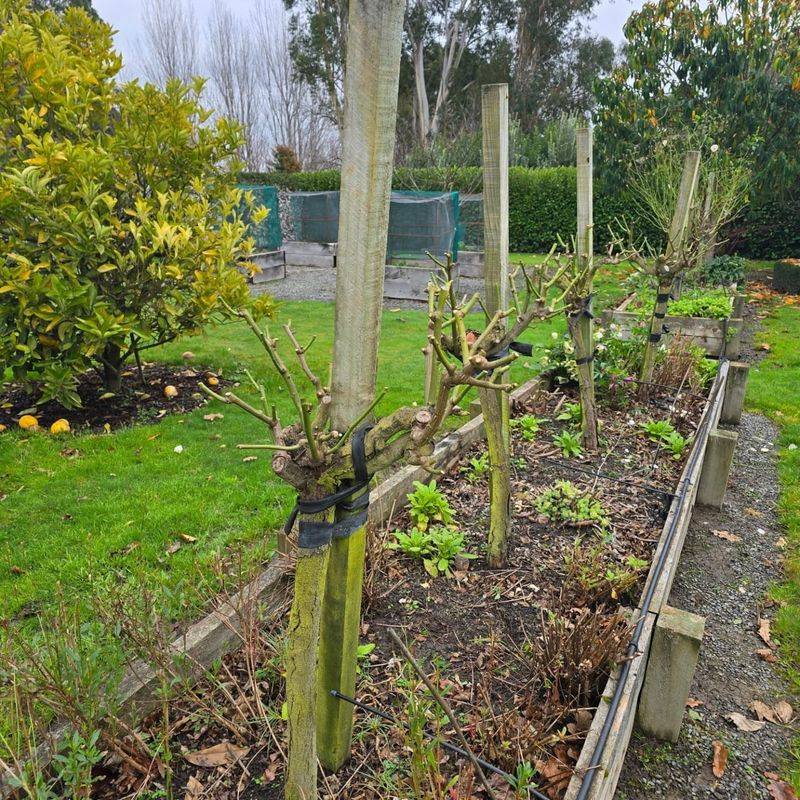Roses may be tough, but summer pruning in California can push them past their limit. Between dry spells, blazing sun, and stressed soil, giving your roses a mid-season haircut might leave you with fewer blooms and weaker plants.
Timing matters, and knowing when not to snip can make the difference between a tired shrub and a thriving stunner come fall. Sometimes, the best cut is no cut at all.
1. Heat Stress Magnification
Roses already struggle during California’s scorching summer temperatures. Pruning creates open wounds on the plant that force it to work overtime healing instead of surviving the heat.
Your roses need all their energy to withstand those 90+ degree days. Cutting back foliage also removes natural shade that protects the plant’s crown and roots from intense sunshine.
2. Drought Vulnerability Increases
California’s water restrictions already make gardening challenging. Pruning in summer forces roses to use precious water for healing rather than survival.
Fresh cuts create additional water loss through evaporation. The plant’s ability to regulate moisture decreases dramatically when you remove foliage during the driest months, putting your roses at serious risk of dehydration.
3. Sunburn Risk to Exposed Canes
Summer pruning exposes inner canes that were previously shaded. These tender canes can literally get sunburned in California’s intense UV rays!
The damage appears as whitish or brownish patches on canes. Once sunburned, these areas become permanent weak points vulnerable to disease and pests. The damage can’t be reversed and might require complete cane removal later.
4. Pest Invasion Opportunities
Fresh cuts from summer pruning release scents that attract pests. California’s aphids, spider mites, and thrips are particularly drawn to the sugary sap from new wounds.
These pests multiply rapidly in summer heat. Once established, they’re incredibly difficult to control without harsh chemicals. The weakened state of summer-pruned roses makes them less able to withstand pest attacks naturally.
5. Bloom Production Disruption
Cutting back roses in summer interrupts their natural blooming cycle. Many California rose varieties are programmed to produce multiple flushes of flowers throughout the season.
Summer pruning removes developing buds that would have become your fall blooms. The plant then wastes energy trying to regrow what was cut rather than producing the spectacular fall display that California gardens are known for.
6. Disease Entry Points Creation
Summer cuts create perfect entry points for fungal diseases that thrive in California’s coastal fog or inland humidity. Pathogens like black spot and powdery mildew can quickly invade through fresh wounds.
The plant’s natural defense systems are weakened by heat stress. Disease can spread rapidly through the entire rose garden during summer, turning a small pruning mistake into a garden-wide problem that persists for seasons.
7. Energy Reserve Depletion
Roses store energy in their stems and leaves throughout summer to prepare for next year’s growth. Summer pruning forces them to use these reserves to heal wounds and produce new growth.
This depletes the plant’s stored energy. Without adequate reserves, your roses will emerge weaker in spring. The long-term effect can be seen in smaller blooms and less vigorous growth in subsequent seasons.
8. Microclimate Disruption
Roses create their own protective microclimate with full summer foliage. This natural canopy maintains humidity around the plant and shields lower leaves from harsh sun.
Summer pruning destroys this beneficial microclimate. In California’s diverse climate zones, from foggy San Francisco to scorching Palm Springs, this protection is crucial. Without it, roses suffer temperature extremes they’re not equipped to handle.
9. Fall Growth Cycle Interference
California’s mild fall creates a second growing season for roses. Summer pruning triggers new growth that won’t have time to harden off before winter arrives.
This tender new growth is extremely vulnerable to even mild frost damage. Many California gardeners don’t realize they’re setting their roses up for winter damage by pruning in summer. The plant gets confused about seasonal timing.
10. Beneficial Insect Habitat Removal
Summer rose foliage houses beneficial insects like ladybugs and lacewings that control pest populations naturally. These helpful bugs seek shelter among dense summer growth.
Pruning removes their habitat, sending these garden allies elsewhere. California’s unique ecosystem relies on these natural predators. Without them, harmful pests quickly multiply, creating an imbalance that can affect your entire garden ecosystem.
11. Root System Stress Increase
Summer pruning forces roses to redirect energy from roots to above-ground growth. In California’s challenging soils, from clay to sandy, root health is already a constant battle.
The underground portion of your roses suffers when energy is diverted. Weakened roots are less efficient at finding water during drought conditions. This invisible damage might not show immediately but compromises the plant’s long-term survival.
12. Premature Dormancy Triggering
Severe summer pruning can shock roses into premature dormancy. The plant essentially gives up on the current season because it can’t cope with the combined stress.
In California’s long growing season, this means months of lost growth and blooms. While roses in dormancy appear merely inactive, they’re actually experiencing a stress response that can affect their vigor for multiple seasons.
13. Seasonal Timing Confusion
Roses evolved to respond to natural seasonal cues. Summer pruning sends conflicting signals about what season it is, confusing the plant’s internal calendar.
California’s mild climate already provides fewer dormancy cues than colder regions. Adding pruning stress further disrupts the rose’s ability to time its growth cycles properly. This confusion can persist for several seasons, resulting in erratic blooming patterns.
14. Water Conservation Complications
California gardeners must prioritize water conservation. Summer-pruned roses require additional irrigation to recover, working against drought-friendly practices.
The healing process demands extra moisture that simply isn’t sustainable. Each cut creates water stress at the worst possible time. Smart California gardeners know that keeping roses unpruned in summer actually helps them become more drought-tolerant.
15. Proper Pruning Season Misalignment
January through February is actually the ideal pruning time for California roses. Summer pruning robs you of the chance to make proper structural cuts during dormancy.
Professional rose gardeners follow this winter schedule for good reason. Dormant pruning allows roses to heal slowly during winter rest. By summer pruning, you’re working against the plant’s natural cycles and missing the opportunity for beneficial winter maintenance.


